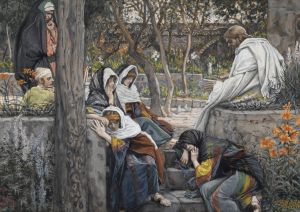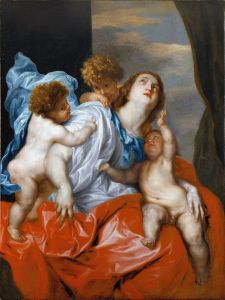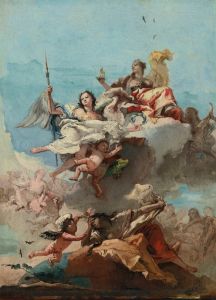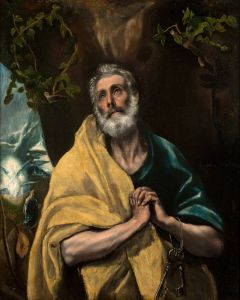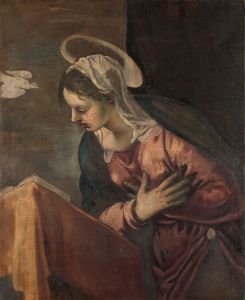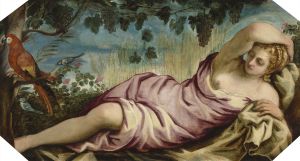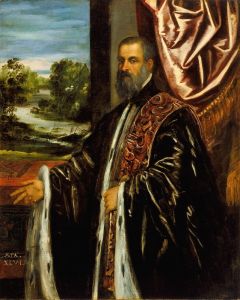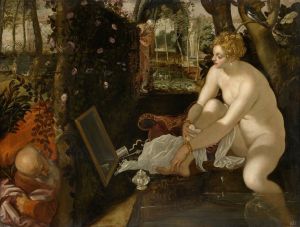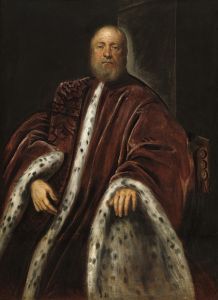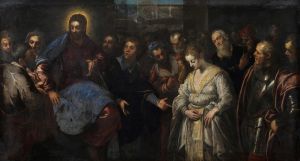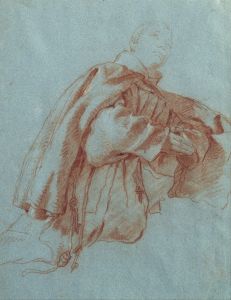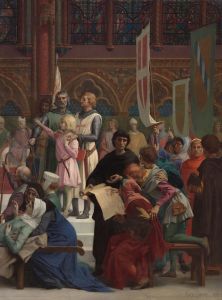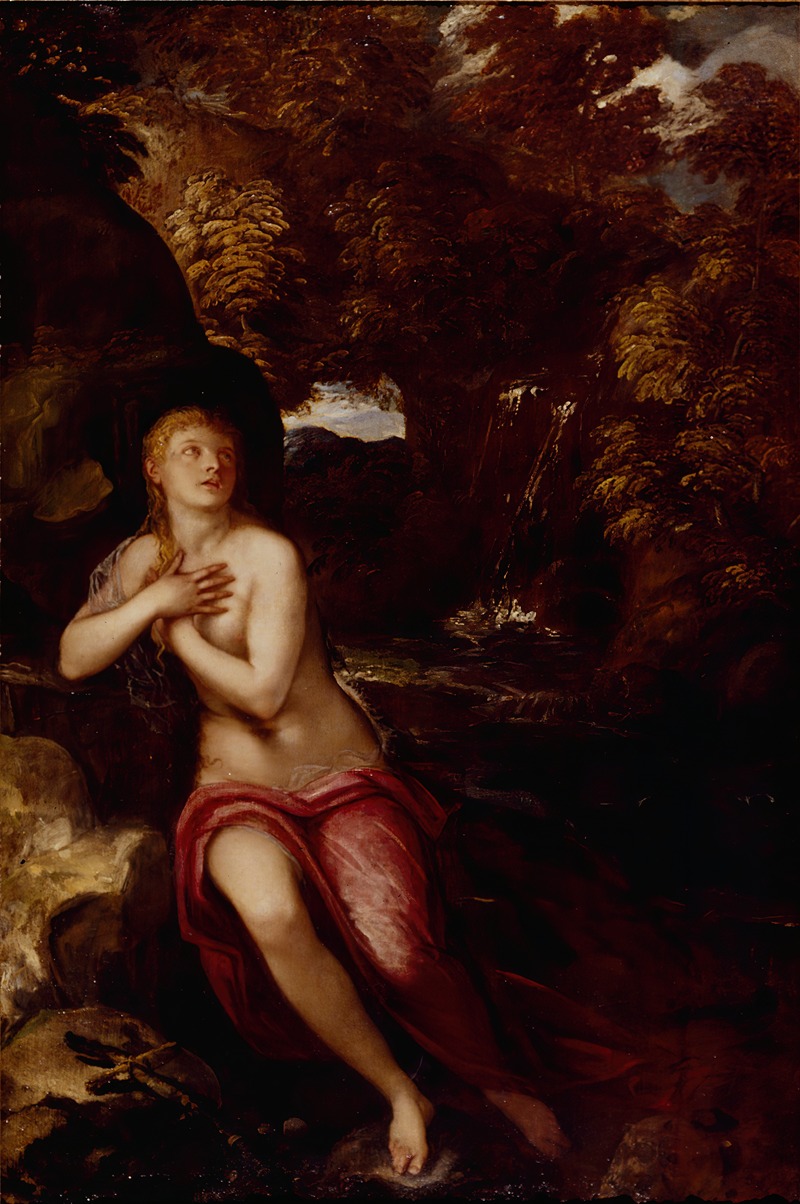
The Magdalene in the Wilderness
A hand-painted replica of Jacopo Tintoretto’s masterpiece The Magdalene in the Wilderness, meticulously crafted by professional artists to capture the true essence of the original. Each piece is created with museum-quality canvas and rare mineral pigments, carefully painted by experienced artists with delicate brushstrokes and rich, layered colors to perfectly recreate the texture of the original artwork. Unlike machine-printed reproductions, this hand-painted version brings the painting to life, infused with the artist’s emotions and skill in every stroke. Whether for personal collection or home decoration, it instantly elevates the artistic atmosphere of any space.
Jacopo Tintoretto, an eminent figure of the Italian Renaissance, is renowned for his dynamic compositions and vigorous brushwork. One of his notable works is "The Magdalene in the Wilderness," a painting that exemplifies his distinctive style and thematic interests. While specific details about this painting are scarce, it is possible to discuss Tintoretto's broader artistic context and his approach to similar subjects.
Tintoretto, born Jacopo Robusti in 1518 in Venice, was a prominent painter of the Venetian school. His nickname, Tintoretto, meaning "little dyer," was derived from his father's profession as a dyer. Tintoretto's work is characterized by its dramatic use of perspective and light, as well as its energetic figures, which often convey a sense of movement and emotion.
"The Magdalene in the Wilderness" likely depicts Mary Magdalene, a significant figure in Christian tradition, who is often portrayed in art as a penitent or contemplative figure. The theme of Mary Magdalene in the wilderness is a common one in Christian art, symbolizing repentance, solitude, and spiritual reflection. Artists have frequently depicted her in a secluded, natural setting, emphasizing her withdrawal from worldly life to seek redemption and divine connection.
In Tintoretto's oeuvre, religious subjects are prevalent, and he often infused them with a sense of drama and intensity. His paintings are known for their bold compositions and the use of chiaroscuro, a technique that contrasts light and shadow to create a sense of depth and volume. This approach can be seen in many of his works, where he captures the emotional and spiritual essence of his subjects.
While specific details about "The Magdalene in the Wilderness" are limited, it is reasonable to assume that Tintoretto employed his characteristic style in this painting. The use of dynamic poses, dramatic lighting, and a vivid color palette would likely be present, reflecting his ability to convey complex narratives and emotions through visual means.
Tintoretto's influence on the art world was significant. His innovative techniques and expressive style paved the way for later artists, including the Baroque painters who followed. His work remains a testament to the rich artistic tradition of the Venetian Renaissance, and his contributions continue to be studied and appreciated by art historians and enthusiasts alike.
In summary, while specific information about "The Magdalene in the Wilderness" by Jacopo Tintoretto is limited, understanding his broader artistic context and style provides insight into how he might have approached this subject. Tintoretto's legacy as a master of dramatic composition and emotional depth endures, securing his place as one of the great painters of the Renaissance.





